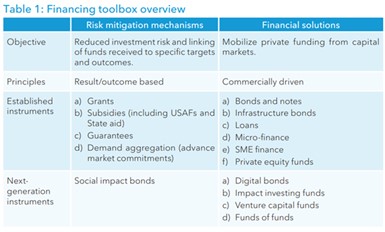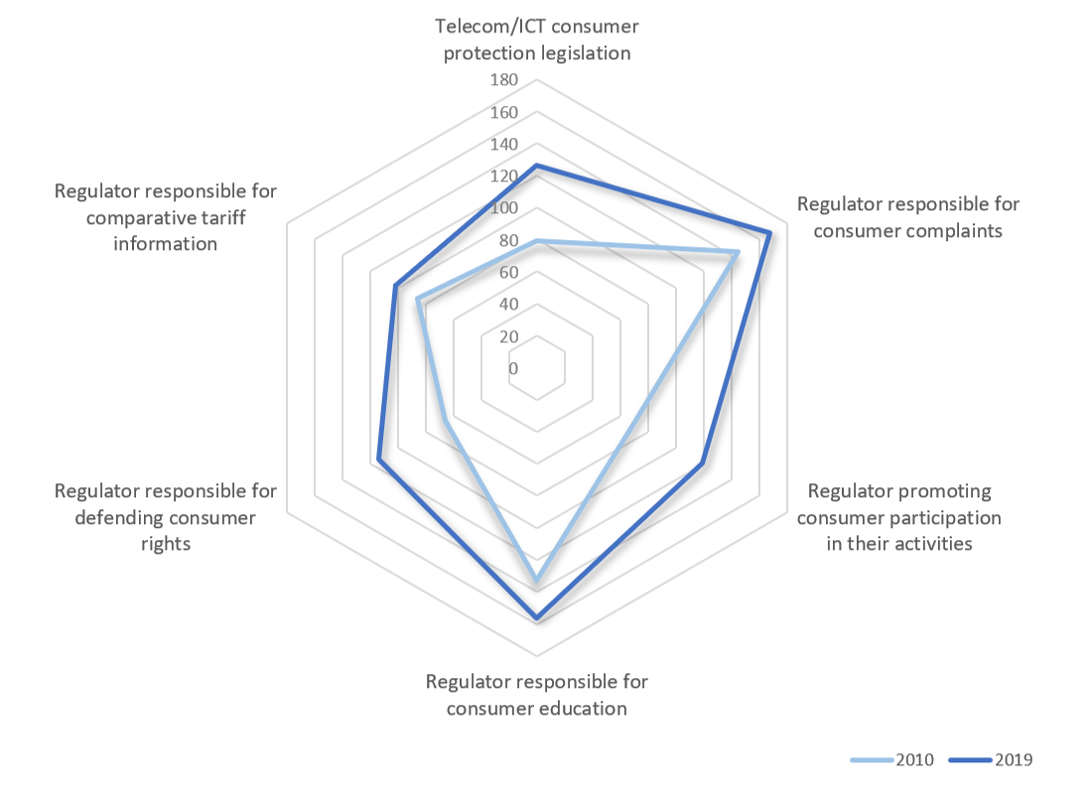
Financing universal access to digital technologies and services
11.10.2021The pandemic has opened the door to the use of digital technology in ways never before imagined and given real meaning to the prefixes “e-”, “remote,” “virtual,” “online” and “distance.” During this time, digital technology has been crucial – for those with access. While on the one hand, the crisis has led to the fast-tracking of digital adoption in countries that already had some level of digitalization; on the other, it has exposed digital inequalities, which are particularly large in less developed economies. Never has the impact of the digital divide been so glaring. A sense of urgency was already…
Read »







